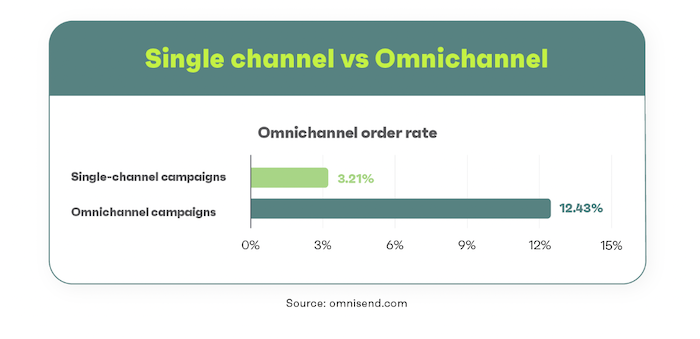The Plain-English Guide to Integrated Marketing Communications

By adecker@hubspot.com (Allie Decker)
I fly Southwest Airlines almost exclusively. They offer reasonable prices, make racketing points easy, and always have fun and kind flight attendants.
One thing I’ve noticed about Southwest is their branding is on point.
Whether I’m booking a flight on their mobile application, being served my go-to in-flight ginger ale, or walking through the terminal at Midway Airport, I’m surrounded by Southwest’s consistent brand colors, messaging, and imagery.
This is an example of integrated marketing at work. If you’re interested in presenting a cohesive, consistent brand experience that leaves your products or services top-of-mind — like Southwest does — this guide is for you.
Read on to learn more about integrated marketing and how to create your own campaign.
Imagine discovering a new brand on Instagram and visiting the company’s website to purchase one of its products. If their website promoted a different message or campaign than the one you found on their Instagram account, you’d have a hard time understanding the gist of the brand, right?
Integrated marketing exists to eliminate these disparities and differences regardless of how or when a customer interacts with your brand. It’s similar to multi-channel marketing, except integrated marketing aligns the message you share on all those channels.
Regarding channels, integrated marketing doesn’t apply to just your inbound or digital marketing channels; it also includes traditional media channels. Many integrated marketing examples we’ll review below incorporate conventional marketing channels such as print, radio, and TV ads.
Now, let’s talk about integrated marketing campaigns.
Why are integrated marketing campaigns effective?
While integrated marketing campaigns can differ in their goals (e.g., converting views, building brand awareness, etc.), they should all have one component in common: to align your marketing channels to present a united marketing “front”.
If your marketing channels are players, consider your integrated marketing campaign the coach in charge of running plays and helping your channels work as a unified system — not disparate ones.
It’s also more effective to run integrated marketing campaigns than campaigns on individual channels. Integrated marketing campaigns are impactful for a few reasons:
- They reach a wider audience than a single marketing channel.
- They have a greater chance of being seen on multiple channels, thus keeping your brand top-of-mind and pushing visitors closer to conversion.
- They build trust with visitors as they see a consistent message on multiple channels.
- They save you money since assets are shareable between and repurposed for different marketing channels. Depending on your campaign, customers can help you market your product or service for you.
So, how can you build your integrated marketing campaign? Follow these steps to get started.
1. Establish your overarching campaign goal.
Before you consider what channels will be part of your integrated marketing campaign, you must consider the goal of the entire campaign.
Maybe …read more
Source:: HubSpot Blog

![Download Now: Free Marketing Plan Template [Get Your Copy]](https://no-cache.hubspot.com/cta/default/53/aacfe6c7-71e6-4f49-979f-76099062afa0.png)







